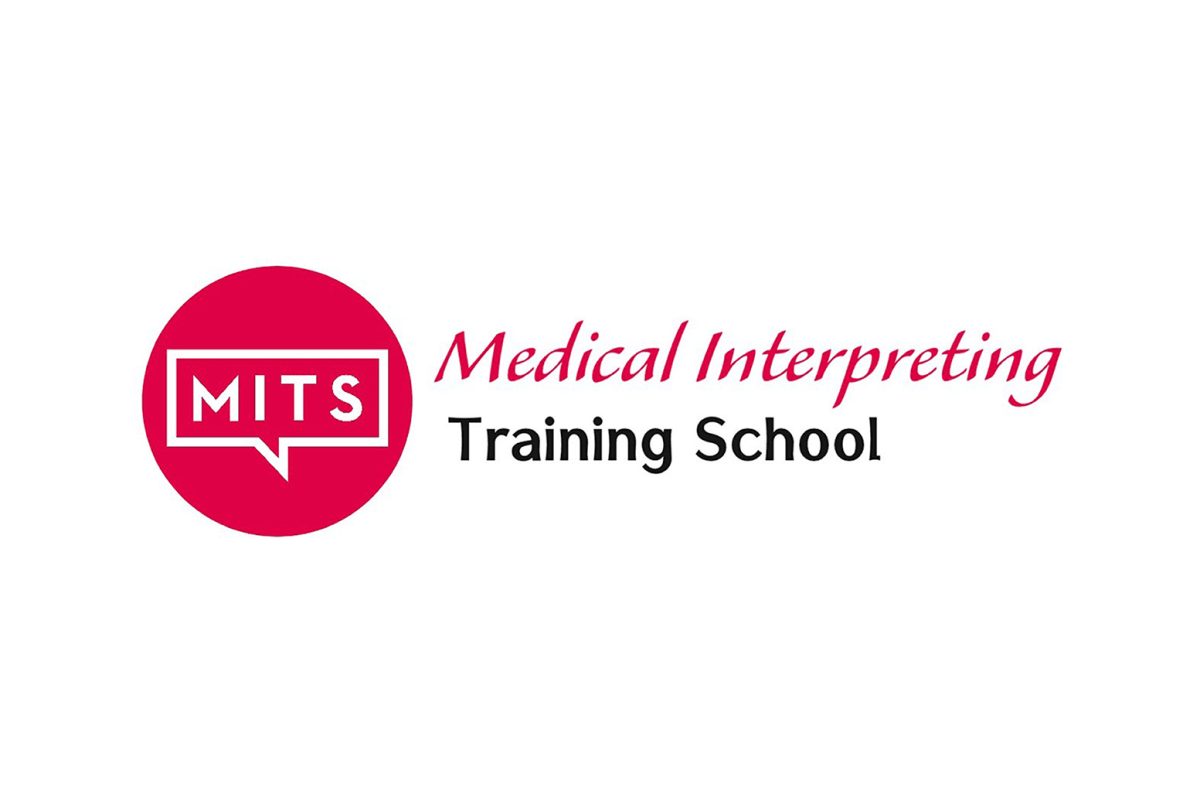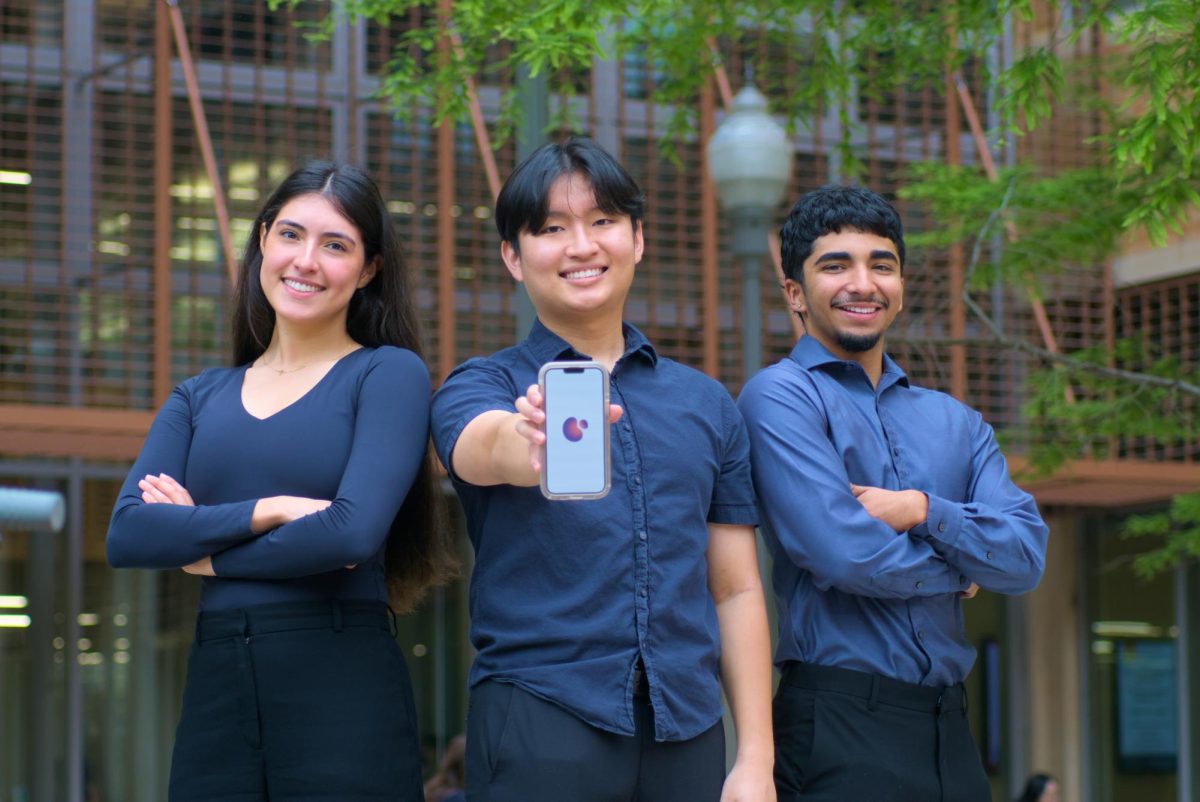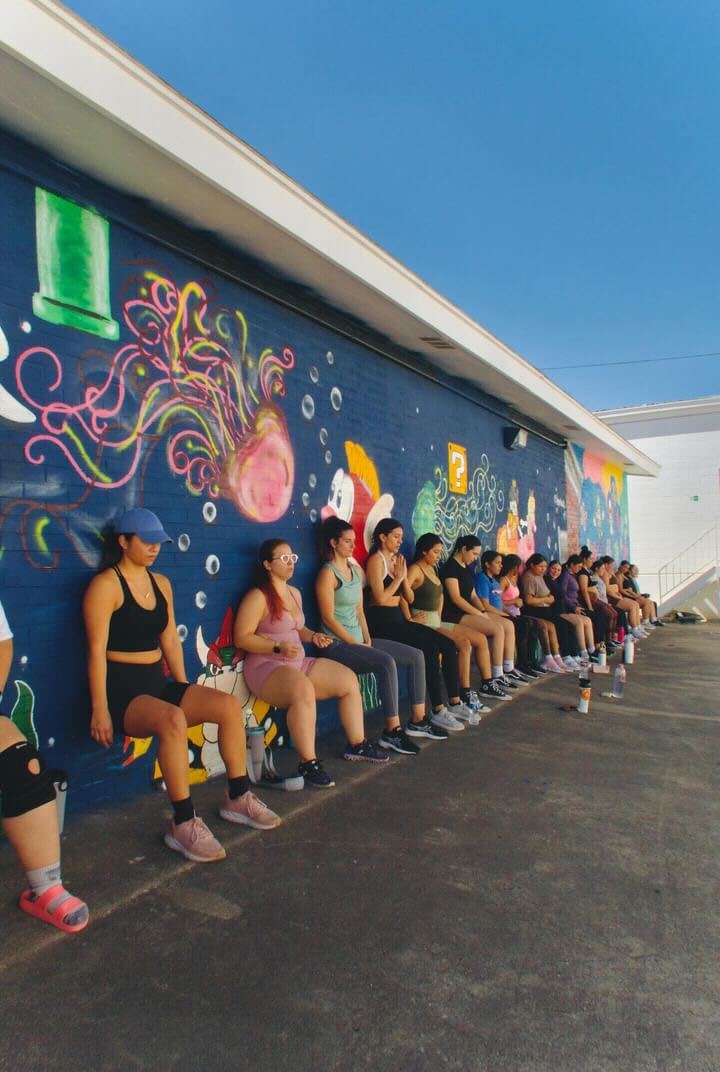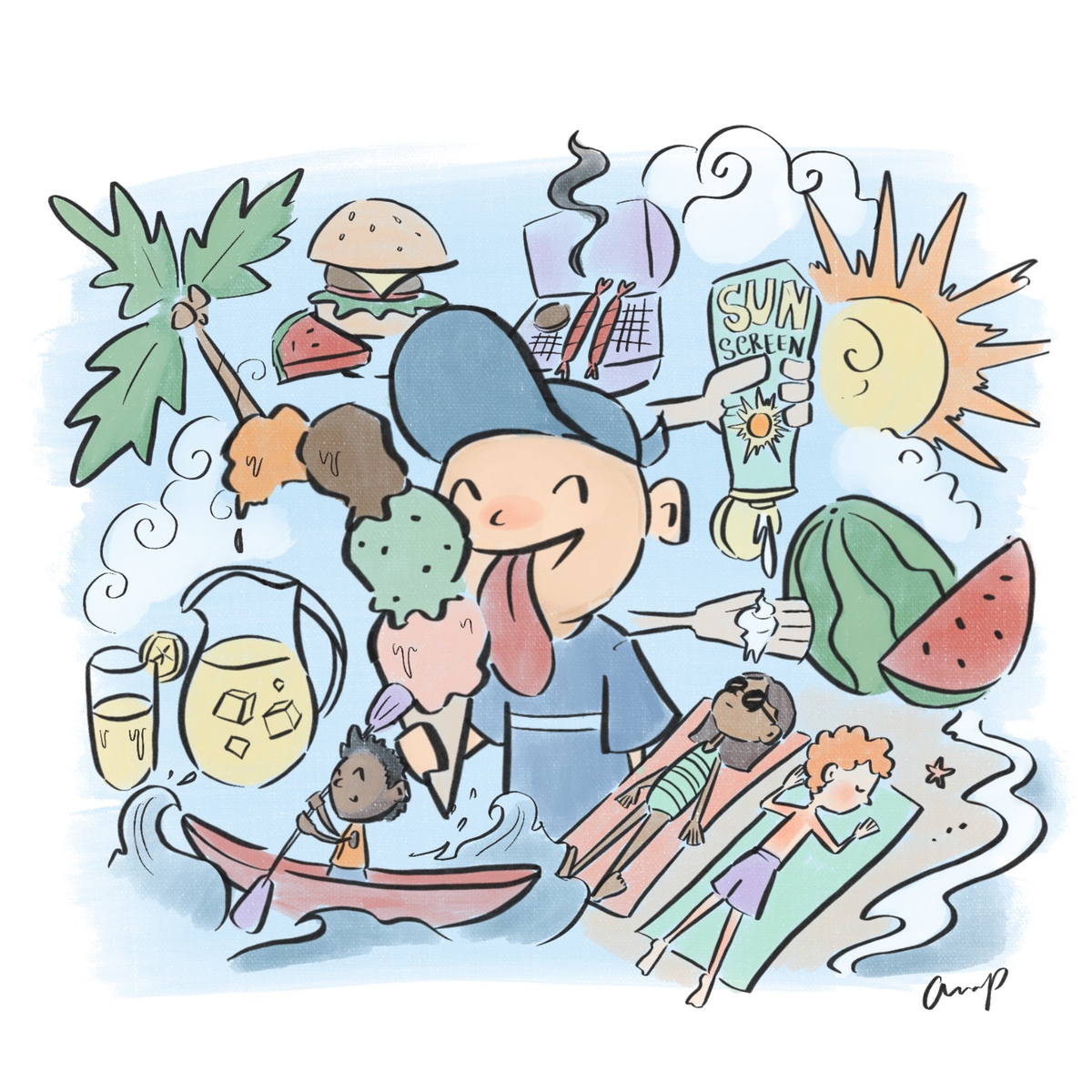Behind UT’s extensive umbrella of web services and interfaces, ITS Applications headed by Julienne VanDerZiel helps to better integrate these features into the daily lives of students and faculty members both on and off campus.
Information Technology Services, or ITS, comprises a large portion of the college experience. From grades to tuition bills, most business activities conducted on college campuses are handled electronically to save money and time. But considering UT’s size, running a singular ITS department to design, maintain and enhance these programs is simply infeasible.
“There’s a group for the data center, a group for networks, a group for systems — ITS Applications runs all core applications for the University that are not business specific,” VanDerZiel said. “Unlike other [schools], we are very federated here.”
In other words, each independent school or department within UT handles its own technology. While VanDerZiel does not directly manage services like Blackboard, Canvas or Quest, her team is responsible for the underlying code that these programs rest on. Stitching together a massive universe of websites into a coherent experience is what ITS Applications deals with everyday.
“What I run are all the things on campus that people need. So the biggest one, the most important, is the EID. Everything else can be up and running, but if your login isn’t working you’re stuck,” VanDerZiel said.
Of course, giving each school within the University free reign to design its own website has its fair share of drawbacks. For students new to campus, particularly incoming freshmen, UT’s web services can seem overwhelming at first. According to VanDerZiel, this can make it very difficult for users to reach their content.
Thomas Sweeney, a mechanical engineering and Plan II Honors Program sophomore, confirmed this challenge and claimed that Blackboard was far from “intuitive” and had a “steep learning curve at the beginning of the year.”
Although VanDerZiel’s team does not directly handle the management of these programs, it contracts web developers and programmers to tailor software for specific groups around campus. An individualistic approach to software solutions poses a number of benefits.
For professors like Linda Reichl, a graduate teacher of physics, software like Quest demonstrates why the federated model of ITS is so successful.
“I used an earlier version called the homework service so this is the first time in several years that I’ve taught a course where I needed to use Quest,” Reichl said. “But I really like it. They keep adding problems, there’s so many in there now that the questions are really good and it’s a great experience for the students to do the homework.”
By automating the minutiae of multiple classes like test grades and homework assignments, Quest allows teachers to focus more energy on the quality of their material. Designed by and for the College of Natural Sciences, Quest is one of many success stories.
VanDerZiel’s development team is now taking strides to improve UT’s mobile presence.
“We just had approved through the operational IT committee a new mobility strategy, and what we’re going to be doing is making all those 500 plus pages on the main website much more mobile friendly,”
she said.
Using software known as responsive web design, ITS Applications can write one set of code that will work on Android phones, iPhones, iPads and other mobile devices. Despite the restraints of a 30-year-old mainframe, more and more content is being pushed into cloud form and VanDerZiel hopes to work with Capital Metro to integrate bus schedules with GPS location services.
“We’re old as dirt as far as our IT systems go, but we’re very modern in our work style,” VanDerZiel said. “But you don’t work in IT if you don’t have at least some sense of humor. And we are fueled by chocolate.”
Published on February 20, 2013 as "ITS Applications team improves web programs".





















